|
Description:
**Selected for 2025 Doody’s Core Titles® in Neuroscience**
Acquiring a solid understanding of the gross anatomy of the brain, spinal cord, and brainstem is a challenging task—one that’s made easier and more enjoyable with Nolte's The Human Brain: An Introduction to Its Functional Anatomy, 9th Edition. This highly regarded textbook demystifies the complexities of all key topics in functional neuroanatomy and neuroscience, using a clear writing style, interesting examples, and high-quality visual cues to provide the ideal depth of well-rounded coverage.
|
- Uses a succinct, easy-to-understand writing style and plentiful diagrams to help you understand a difficult and often intimidating subject.
- Features highly templated, concise chapters that reinforce and expand your knowledge.
- Includes more Clinical Focus Boxes throughout, including neuropathology and neuropharmacology.
- Provides a real-life perspective through clinically relevant examples, up-to-date neuroimaging techniques, integrated coverage of neurogenetics and neuroimmunology, and superb illustrations that support and explain the text.
- Features a glossary of key terms that elucidates every part of the text, complemented by 3-dimensional images of the brain and the most up-to-date terminology throughout.
- Helps you gauge your mastery of the material and build confidence with multiple choice questions that provide effective chapter review and quick practice for your exams.
- An digital version is included with purchase. The digital allows you to access all of the text and figures, with the ability to search, customize your content, make notes and highlights, and have content read aloud.
Evolve Instructor site with an image and test bank is available to instructors through their Elsevier sales rep or via request at https://evolve.elsevier.com.
|
|
1 Introduction to the Nervous System
The Nervous System Has Central and Peripheral
Parts
The Principal Cellular Elements of the Nervous
System Are Neurons and Glial Cells
Review Questions
2 Development of the Nervous System
The Neural Tube Gives Rise to the Central Nervous
System
The Neural Crest and Cranial Placodes Give Rise to
the Peripheral Nervous System
Adverse Events During Development Can Cause
Congenital Malformations of the Nervous
System
Review Questions
3 Gross Anatomy and General Organization of the Central
Nervous System
The Long Axis of the CNS Bends at the Cephalic
Flexure
Hemisecting a Brain Reveals Parts of the
Diencephalon, Brainstem, and Ventricular
System
Humans, Relative to Other Animals, Have Large
Brains and Many Neurons
Named Sulci and Gyri Cover the Cerebral Surface
The Diencephalon Includes the Thalamus and
Hypothalamus
Most Cranial Nerves Are Attached to the
Brainstem
The Cerebellum Includes a Vermis and Two
Hemispheres
Sections of the Forebrain Reveal the Basal Nuclei and
Limbic Structures
Parts of the Nervous System Are Interconnected in
Systematic Ways (Generalizations)
Review Questions
4 Meningeal Coverings of the Brain and Spinal Cord
The Three Meningeal Layers: The Dura Mater,
Arachnoid Mater, and Pia Mater
The Dura Mater Provides Mechanical Strength
The Arachnoid Mater
Pia Mater Covers the Surface of the CNS
Lymphatics of the CNS
The Vertebral Canal Contains a Spinal Epidural
Space
Bleeding Can Open Up Potential Meningeal
Spaces
Parts of the CNS Can Herniate From One
Intracranial Compartment Into Another
Review Questions
5 Ventricles and Cerebrospinal Fluid
The Brain Contains Four Ventricles
Choroid Plexus Is the Source of Most Cerebrospinal
Fluid
Imaging Techniques Allow Noninvasive
Visualization of the CNS
Disruption of Cerebrospinal Fluid Circulation Can
Cause Hydrocephalus
Review Questions
6 Blood Supply of the Brain
The Internal Carotid Arteries and Vertebral Arteries
Supply the Brain
Imaging Techniques Allow Arteries and Veins to Be
Visualized
A System of Barriers Partially Separates the Nervous
System From the Rest of the Body
Superficial and Deep Veins Drain the Brain
Review Questions
7 Electrical Signaling by Neurons
A Lipid-Protein Membrane Separates Intracellular
and Extracellular Fluids
Inputs to Neurons Cause Slow, Local Potential
Changes
Action Potentials Convey Information Over Long
Distances
Resistors, Capacitors, and Neuronal
Membranes
Calculating the Membrane Potential
Review Questions
8 Synaptic Transmission Between Neurons
There Are Five Steps in Conventional Chemical
Synaptic Transmission
Synaptic Transmission Can Be Rapid and Point-to-point, or Slow and Often Diffuse
Synaptic Strength Can Be Facilitated or
Depressed
Most Neurotransmitters Are Small Amine Molecules,
Amino Acids, or Neuropeptides
Gap Junctions Mediate Direct Current Flow From
One Neuron to Another
Review Questions
9 Sensory Receptors and the Peripheral Nervous
System
Receptors Encode the Nature, Location, Intensity,
and Duration of Stimuli
Somatosensory Receptors Detect Mechanical,
Chemical, or Thermal Changes
Peripheral Nerves Convey Information to and From
the Central Nervous System
Review Questions
10 Spinal Cord
The Spinal Cord Is Segmented
All Levels of the Spinal Cord Have a Similar Cross-sectional Structure
The Spinal Cord Is Involved in Sensory Processing,
Motor Outflow, and Reflexes
Spinal Gray Matter Is Regionally Specialized
Reflex Circuitry Is Built Into the Spinal Cord
Ascending and Descending Pathways Have Defined
Locations in the Spinal White Matter
The Autonomic Nervous System Monitors and
Controls Visceral Activity
A Longitudinal Network of Arteries Supplies the
Spinal Cord
Spinal Cord Damage Causes Predictable Deficits
Review Questions
11 Organization of the Brainstem
The Brainstem Has Conduit, Cranial Nerve, and
Integrative Functions
The Medulla, Pons, and Midbrain Have
Characteristic Gross Anatomical Features
The Internal Structure of the Brainstem Reflects
Surface Features and the Position of Long
Tracts
The Reticular Core of the Brainstem Is Involved in
Multiple Functions
Some Brainstem Nuclei Have Distinctive
Neurochemical Signatures
The Brainstem Is Supplied by the Vertebral-Basilar
System
Review Questions
12 Cranial Nerves and Their Nuclei
Cranial Nerve Nuclei Have a Generally Predictable
Arrangement
Cranial Nerves III, IV, VI, XI, and XII Contain
Somatic Motor Fibers
Branchiomeric Nerves Contain Axons From Multiple
Categories
Review Questions
13 The Chemical Senses of Taste and Smell
The Perception of Flavor Involves Gustatory,
Olfactory, Trigeminal, and Other Inputs
Taste Is Mediated By Receptors in Taste Buds
Innervated by Cranial Nerves VII, IX, and X
Olfaction Is Mediated by Receptors That Project
Directly to the Telencephalon
Review Questions
14 Hearing and Balance: The Eighth Cranial Nerve
Auditory and Vestibular Receptor Cells Are Located
in the Walls of the Membranous Labyrinth
The Cochlear Division of the Eighth Nerve Conveys
Information About Sound
The Vestibular Division of the Eighth Nerve
Conveys Information About Linear and Angular
Acceleration of the Head
Position Sense Is Mediated by the Vestibular,
Proprioceptive, and Visual Systems Acting
Together
Review Questions
15 Atlas of the Human Brainstem
16 The Thalamus and Internal Capsule: Getting to and From
the Cerebral Cortex
The Diencephalon Includes the Epithalamus,
Subthalamus, Hypothalamus, and Thalamus
The Thalamus Is the Gateway to the Cerebral
Cortex
Interconnections Between the Cerebral Cortex
and Subcortical Structures Travel Through the
Internal Capsule
Review Questions
17 The Visual System
The Eye Has Three Concentric Tissue Layers and a
Lens
The Retina Contains Five Major Neuronal Cell
Types
Retinal Neurons Translate Patterns of Light Into
Patterns of Contrast
Half of the Visual Field of Each Eye Is Mapped
Systematically in the Contralateral Cerebral
Hemisphere
Primary Visual Cortex Sorts Visual Information and
Distributes It to Other Cortical Areas
Early Experience Has Permanent Effects on the
Visual System
Reflex Circuits Adjust the Size of the Pupil and the
Focal Length of the Lens
18 Overview of Motor Systems
Each Lower Motor Neuron Innervates a Group of
Muscle Fibers, Forming a Motor Unit
Motor Control Systems Involve Both Hierarchical
and Parallel Connections
The Corticospinal Tract Has Multiple Origins and
Terminations
Review Questions
19 Basal Nuclei
The Basal Nuclei Include Five Major Groups of
Cells
Basal Nuclei Circuitry Involves Multiple Parallel
Loops That Modulate Cortical Output
Interconnections of the Basal Nuclei Determine the
Pattern of Their Outputs
Perforating Branches From the Cerebral Arterial
Circle (of Willis) Supply the Basal Nuclei
Many Basal Nuclei Disorders Result in
Abnormalities of Movement
Review Questions
20 Cerebellum
The Cerebellum Can Be Divided Into Both
Transverse and Longitudinal Zones
Cerebellar Cortex Receives Multiple Inputs
Each Longitudinal Zone Has a Distinctive
Output
Clinical Syndromes Correspond to Functional
Zones
Review Questions
21 Eye Movements
Six Extraocular Muscles Move the Eye in the
Orbit
Fast and Slow Conjugate Eye Movements
Changes in Object Distance Require Vergence
Movements
The Basal Nuclei and Cerebellum Participate in Eye
Movement Control
22 Cerebral Cortex
Most Cerebral Cortex is Neocortex
Neocortical Areas are Specialized for Different
Functions
The Corpus Callosum Unites the Two Cerebral
Hemispheres
Consciousness and Sleep are Active Processes
Review Questions
23 Drives and Emotions: The Hypothalamus and Limbic
System
The Hypothalamus Coordinates Drive-Related
Behaviors
Limbic Structures Are Interposed Between the
Hypothalamus and Neocortex
Review Questions
24 Formation, Modification, and Repair of Neuronal
Connections
Both Neurons and Connections Are Produced in
Excess During Development
Synaptic Connections Are Adjusted
Throughout Life
Peripheral Nervous System Repair Is More Effective
Than Central Nervous System Repair
Review Questions
25 Atlas of the Human Forebrain
Answers to the Review Questions
Glossary
|
|
|
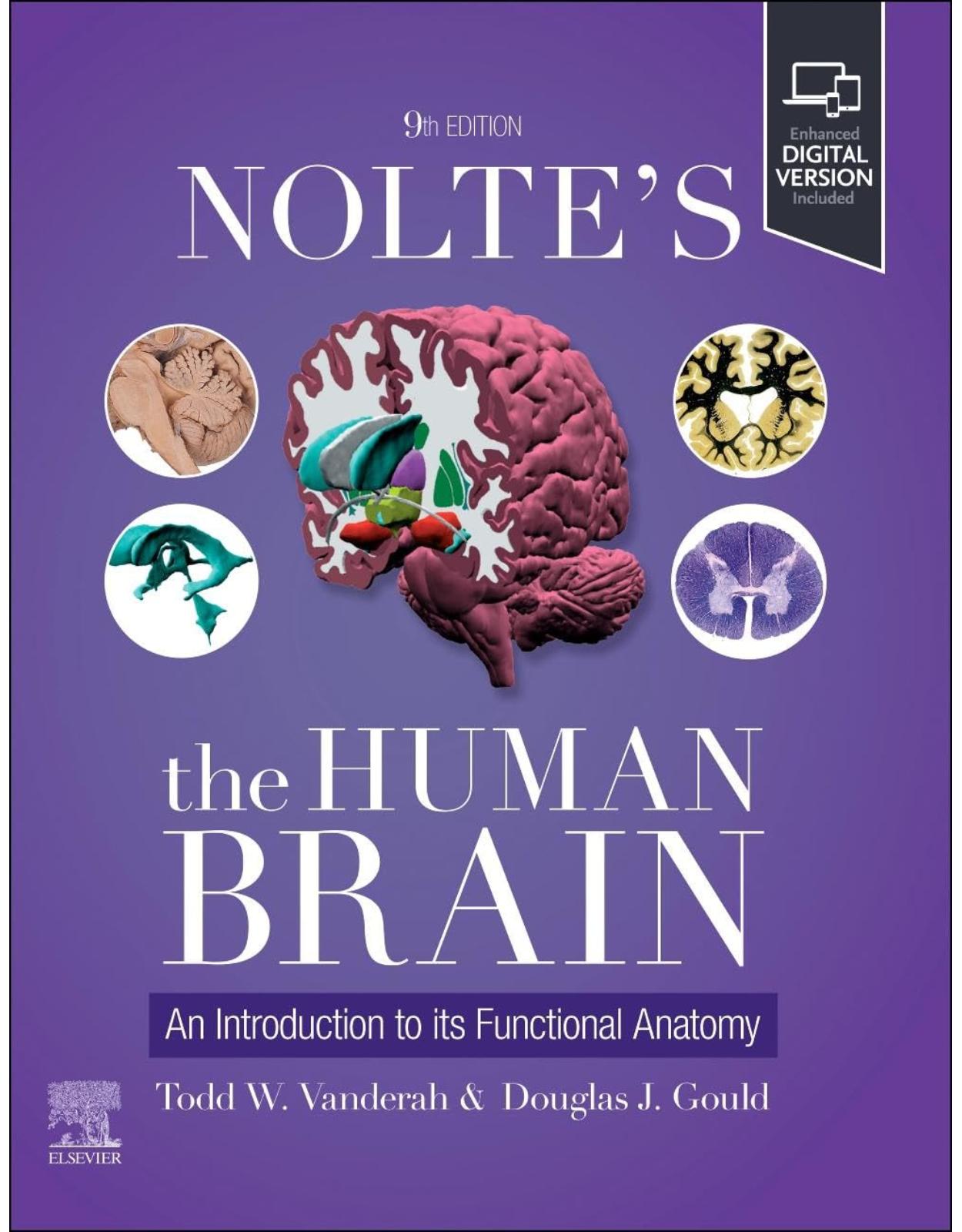

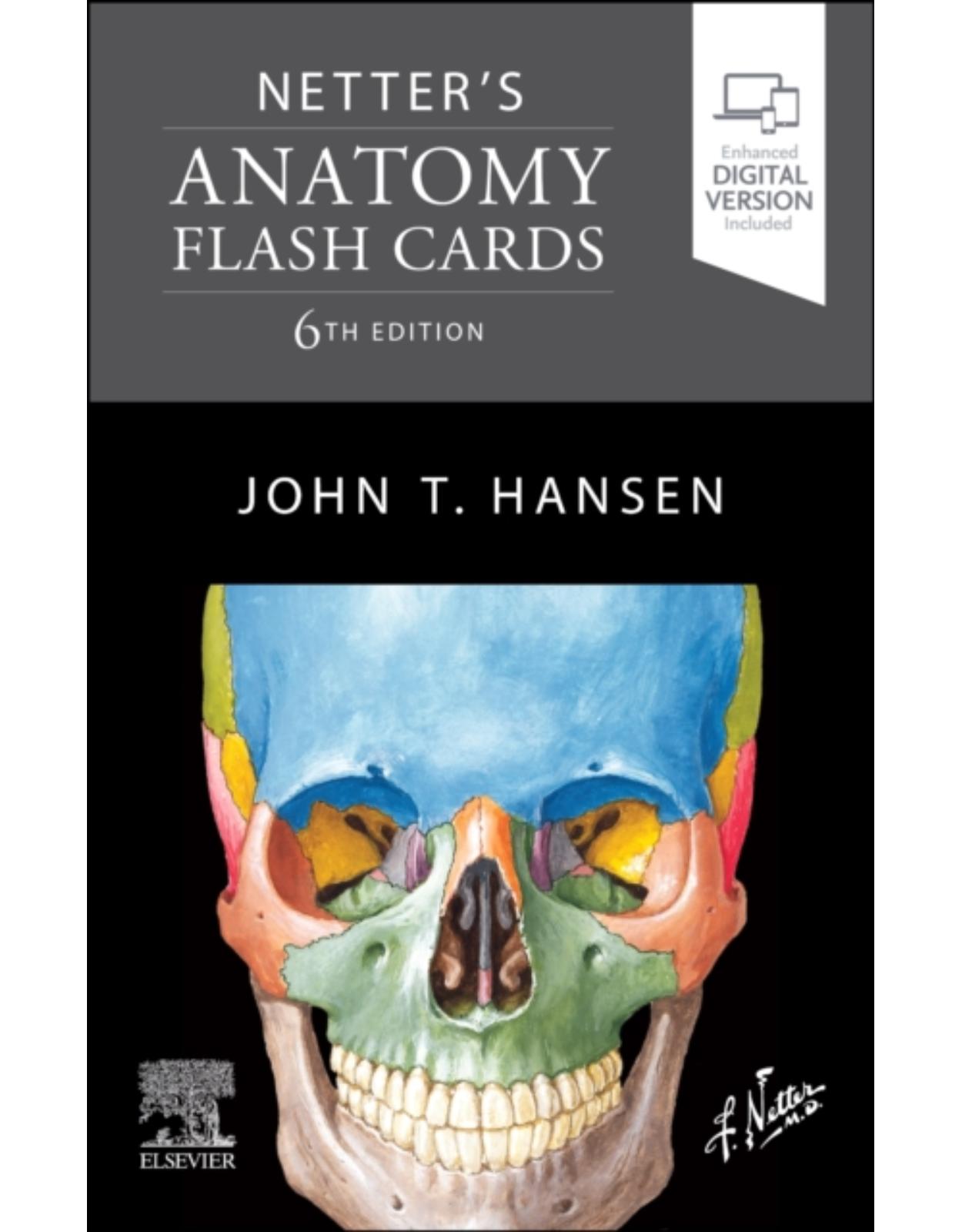
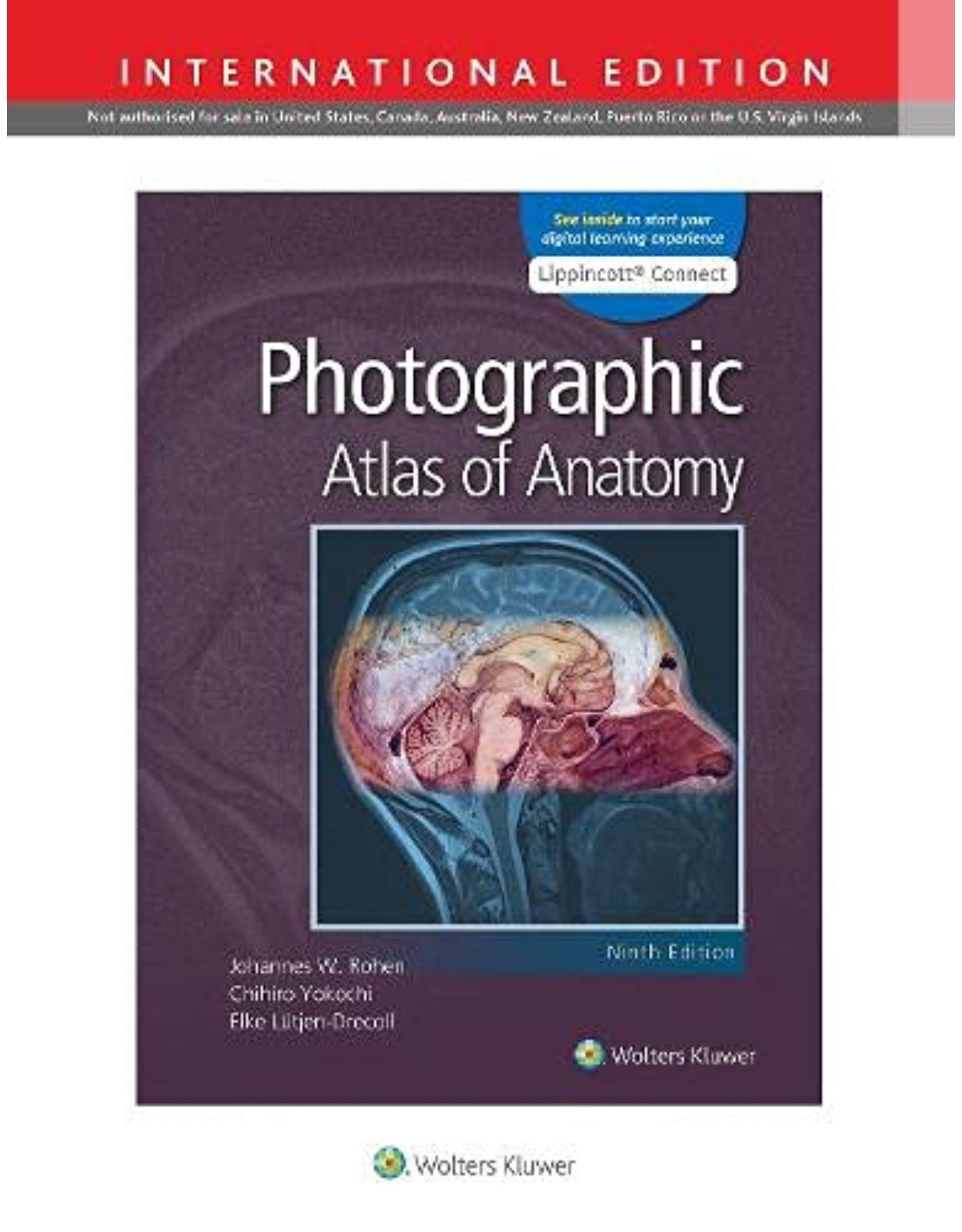
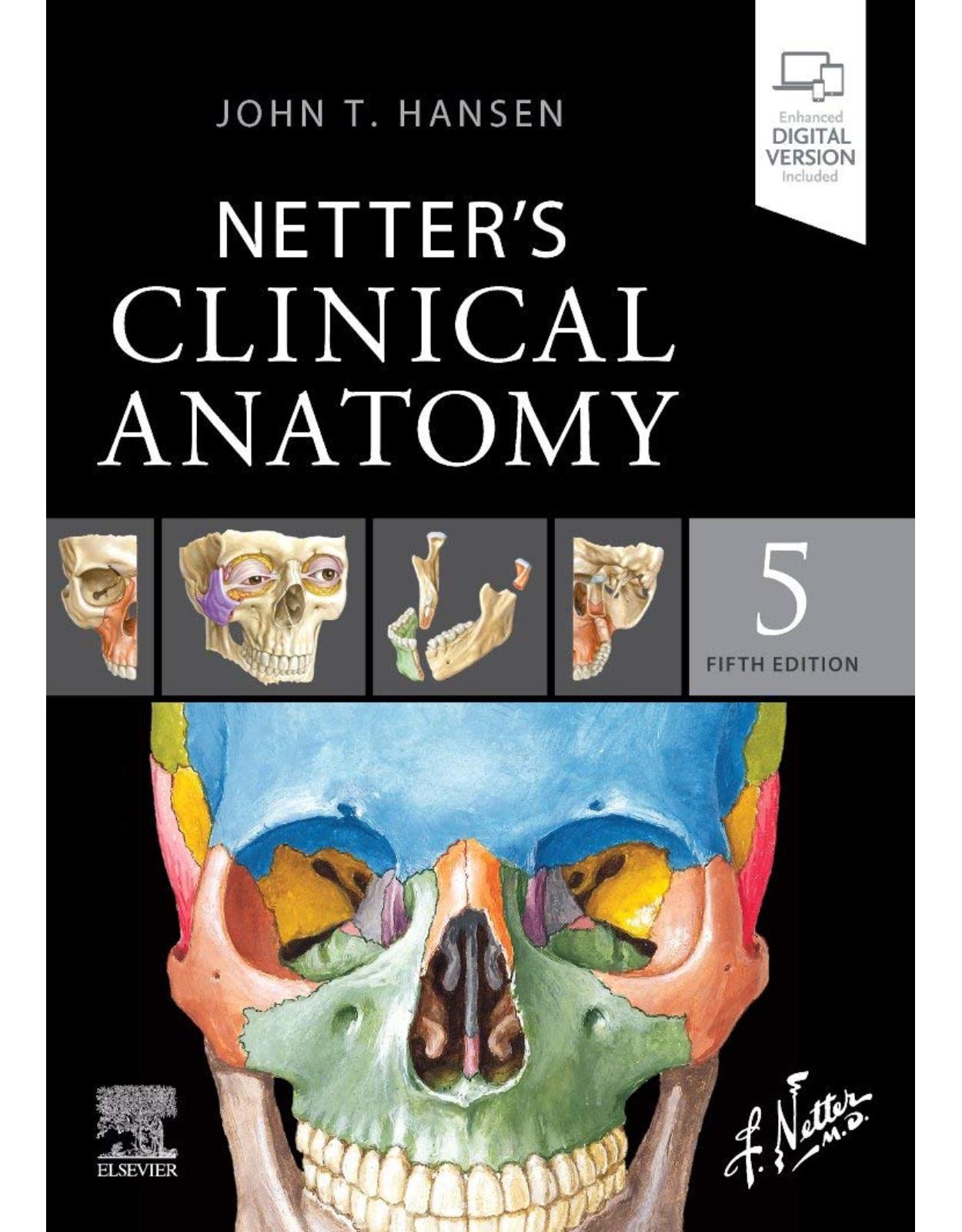
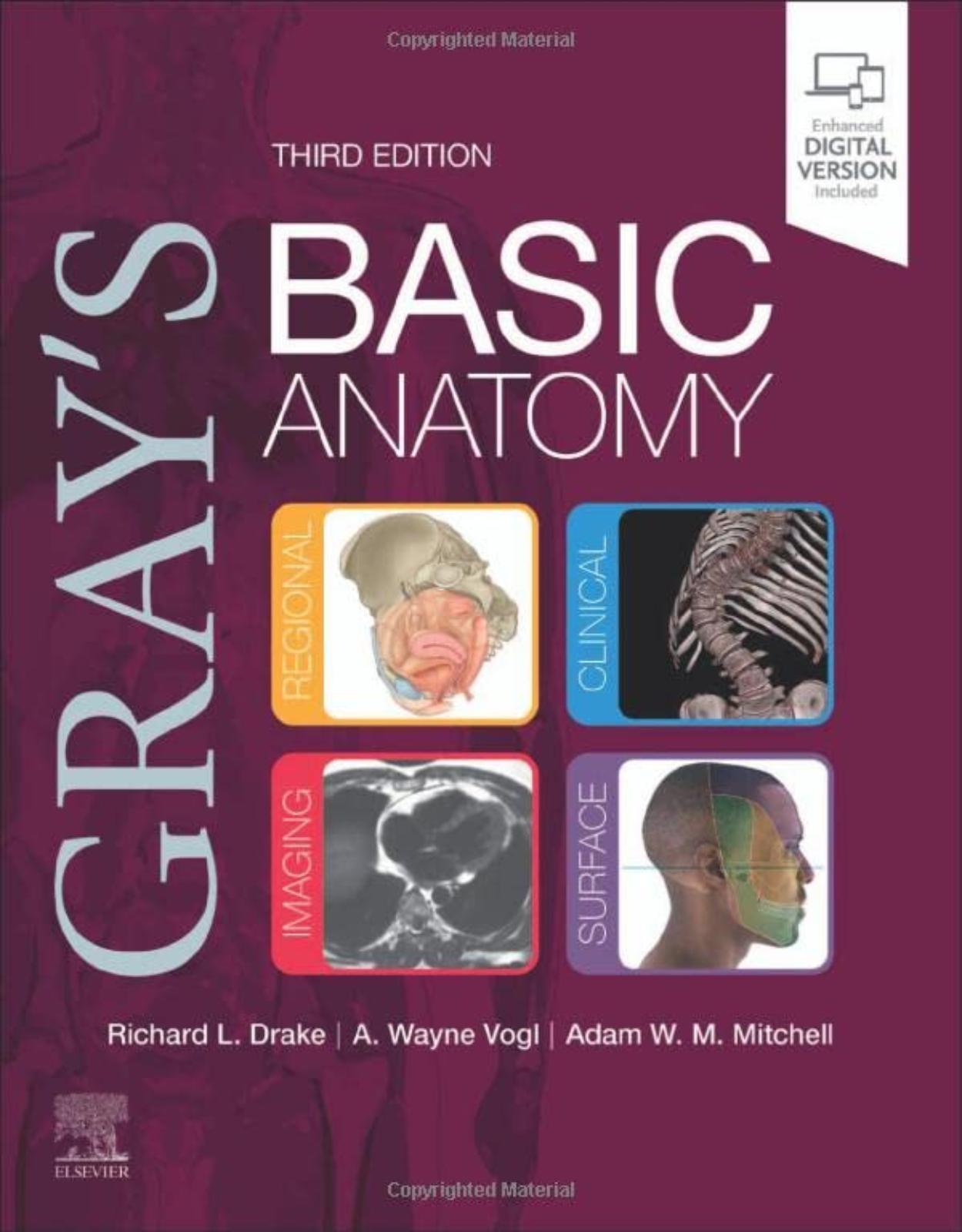
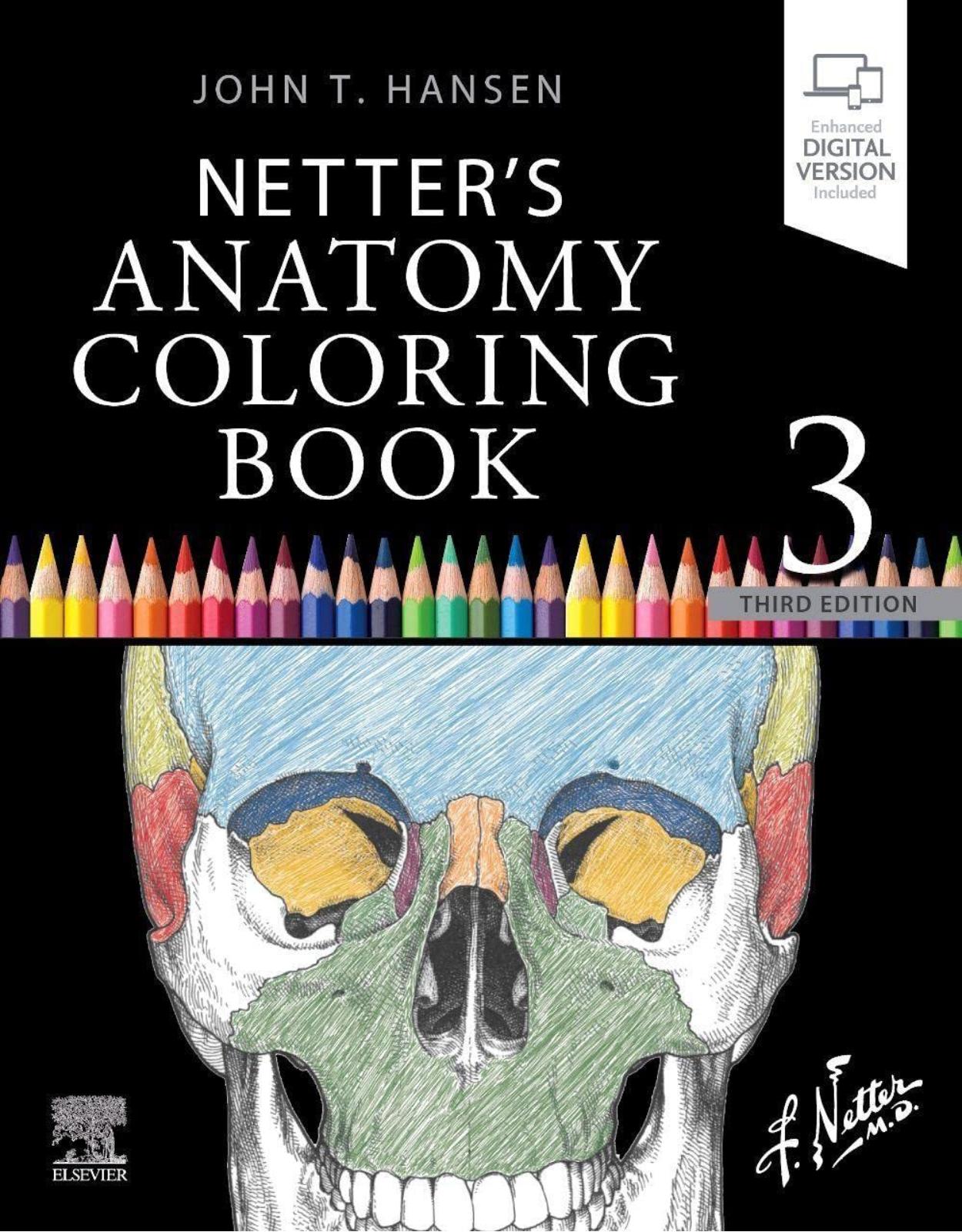
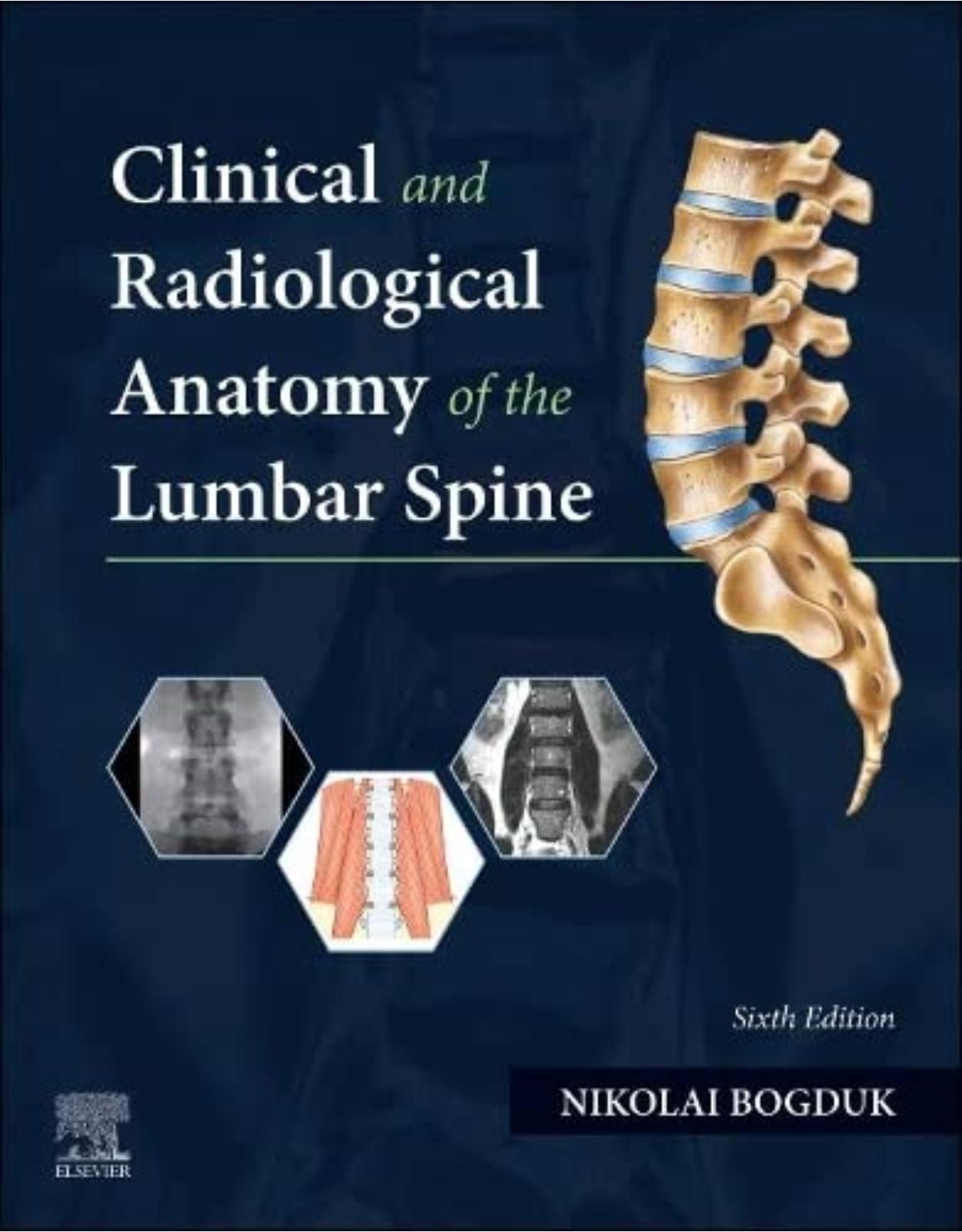
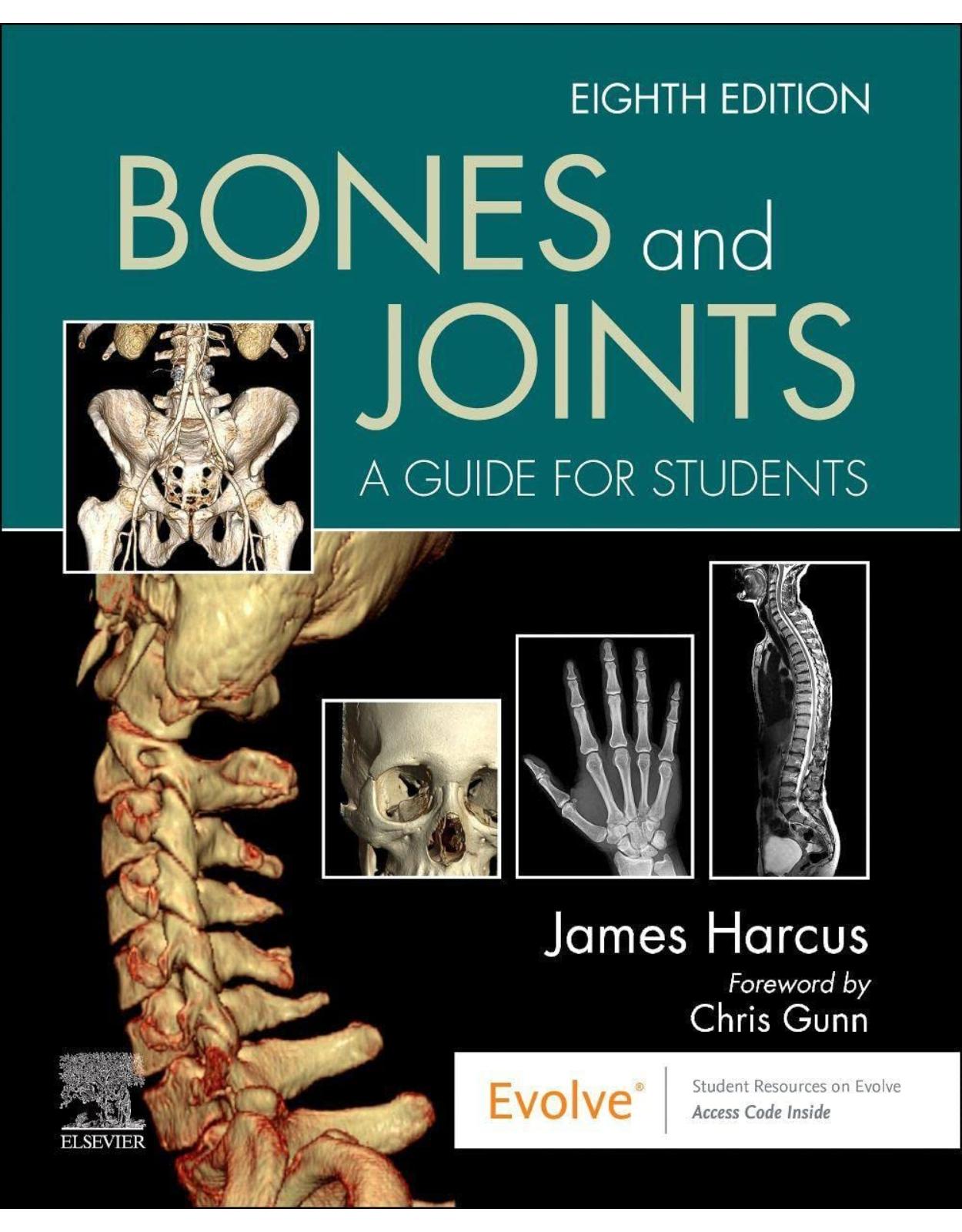
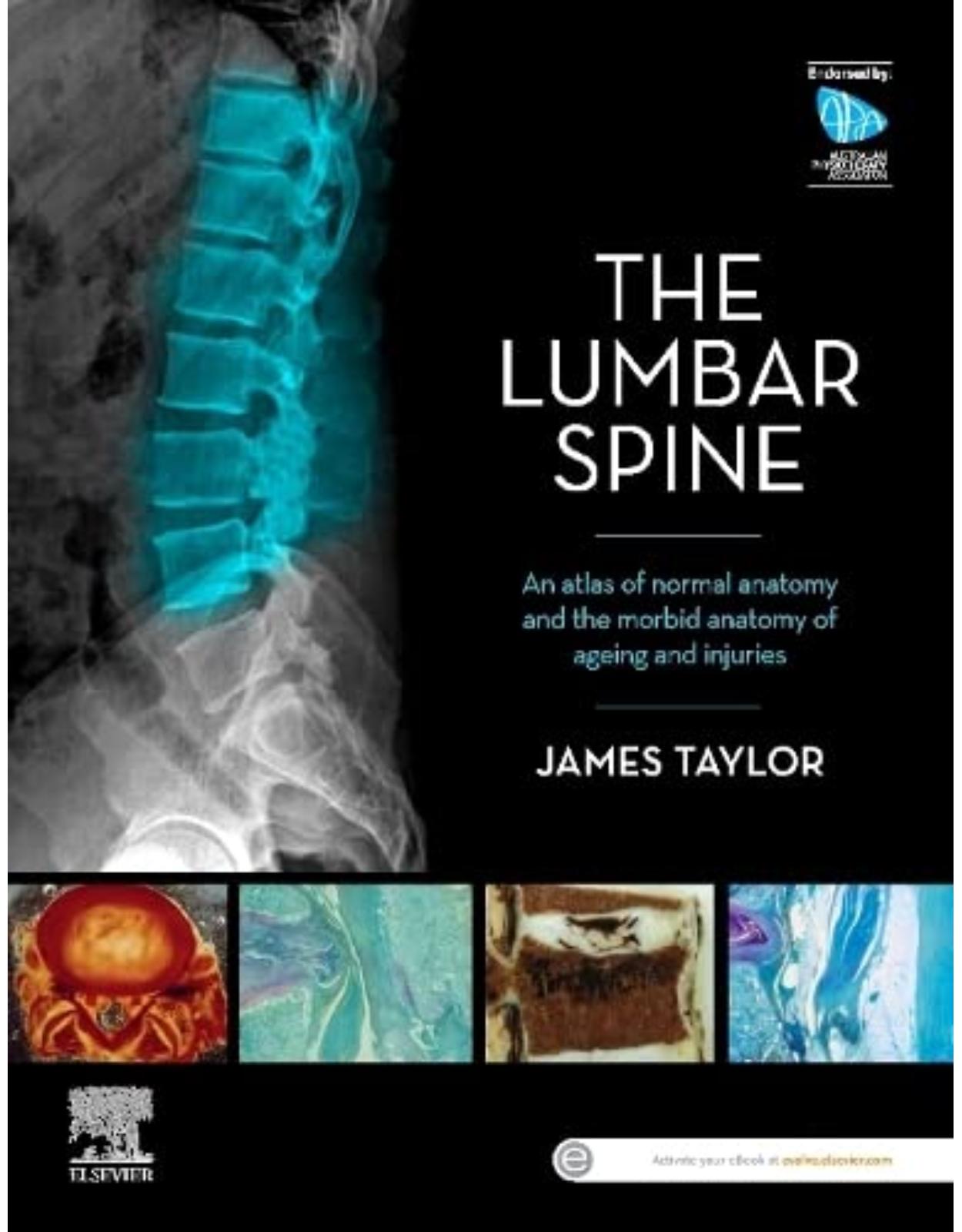
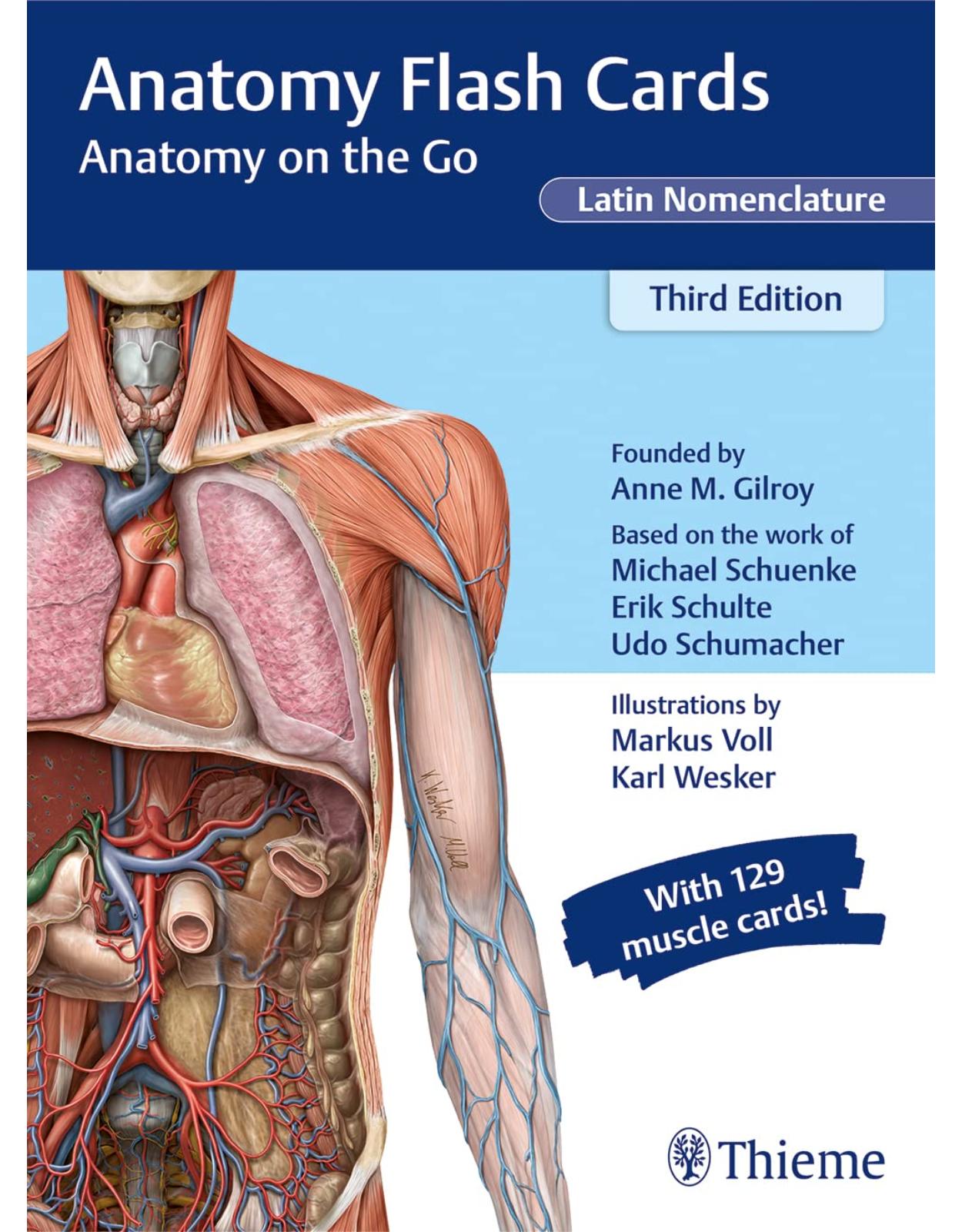
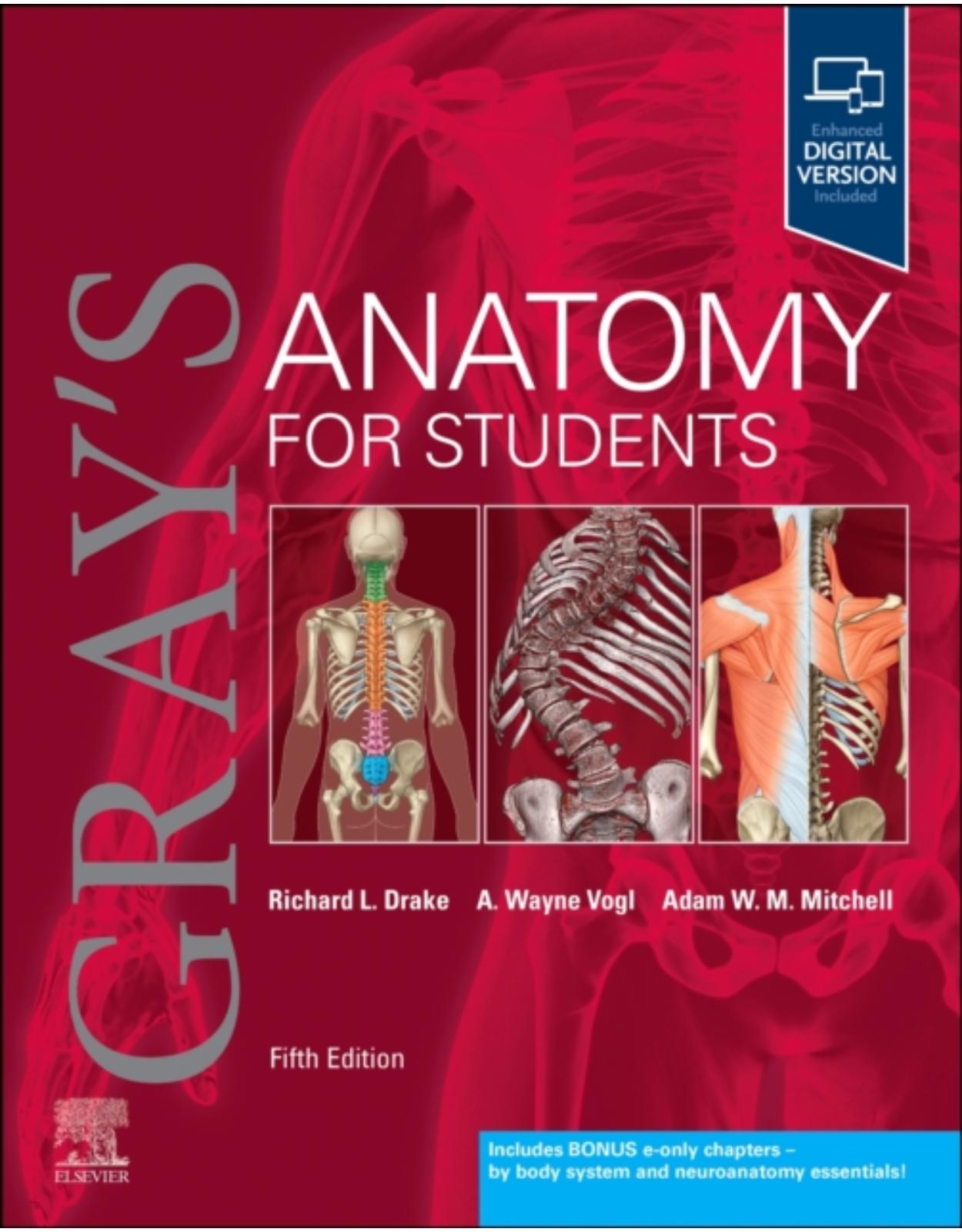
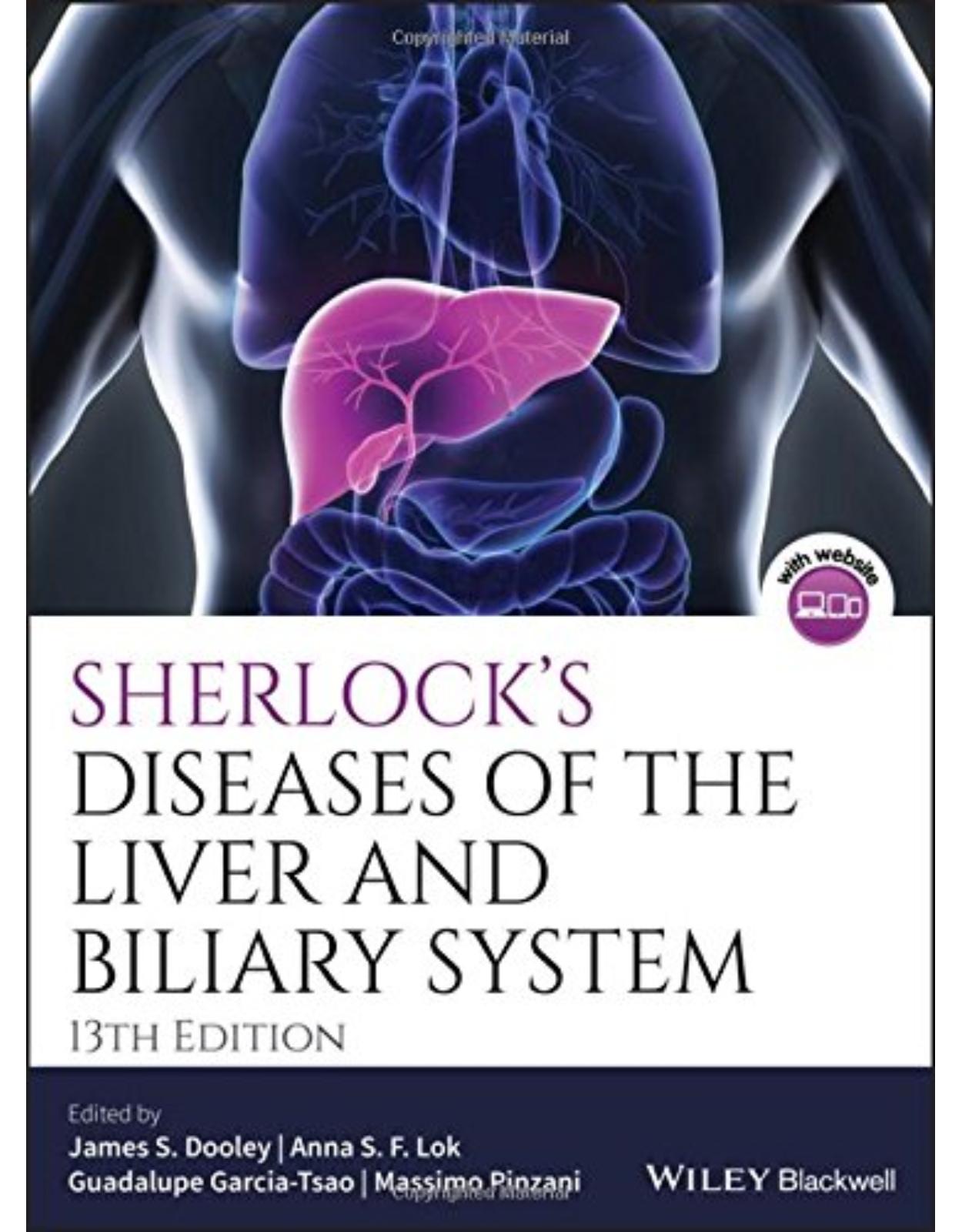

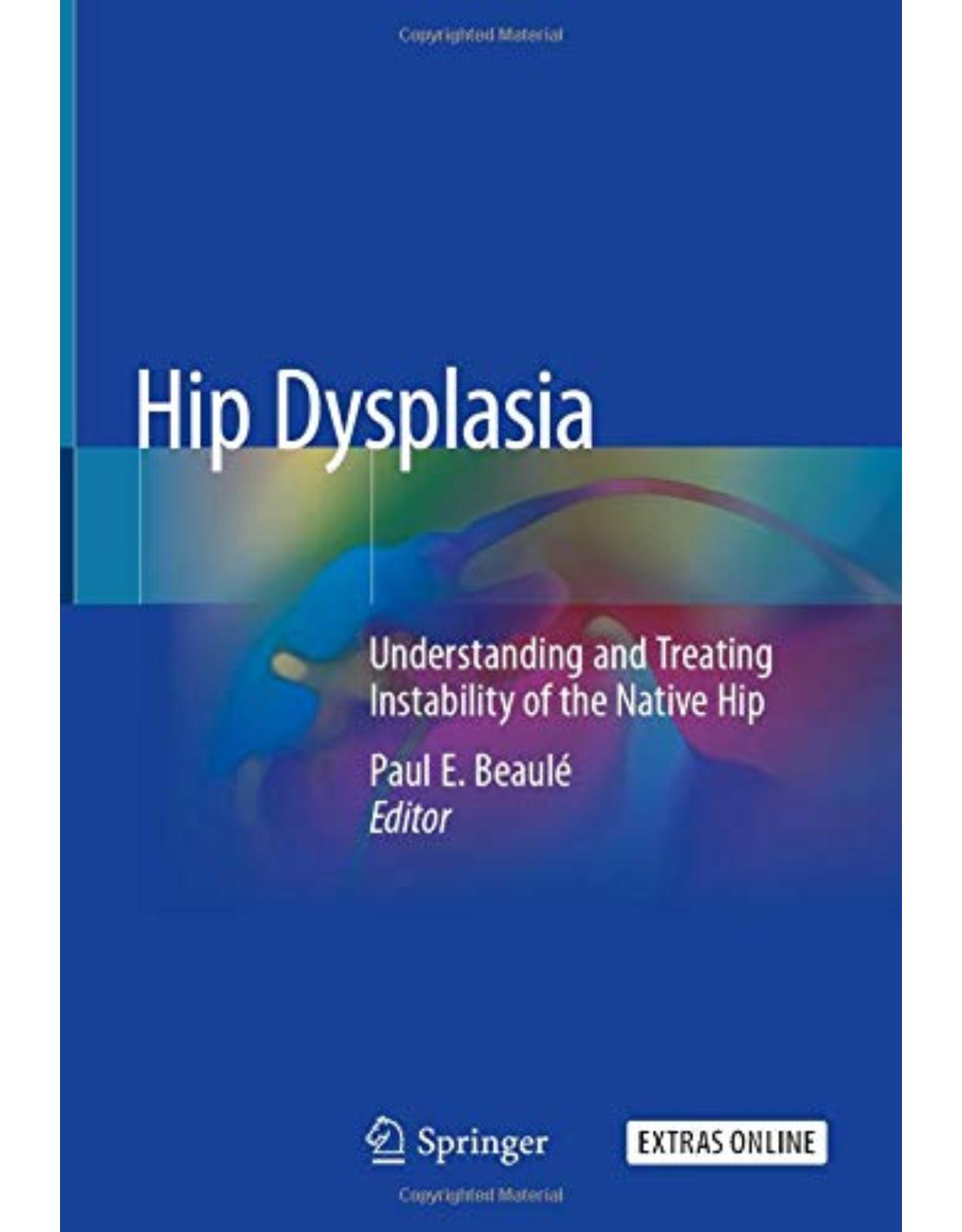
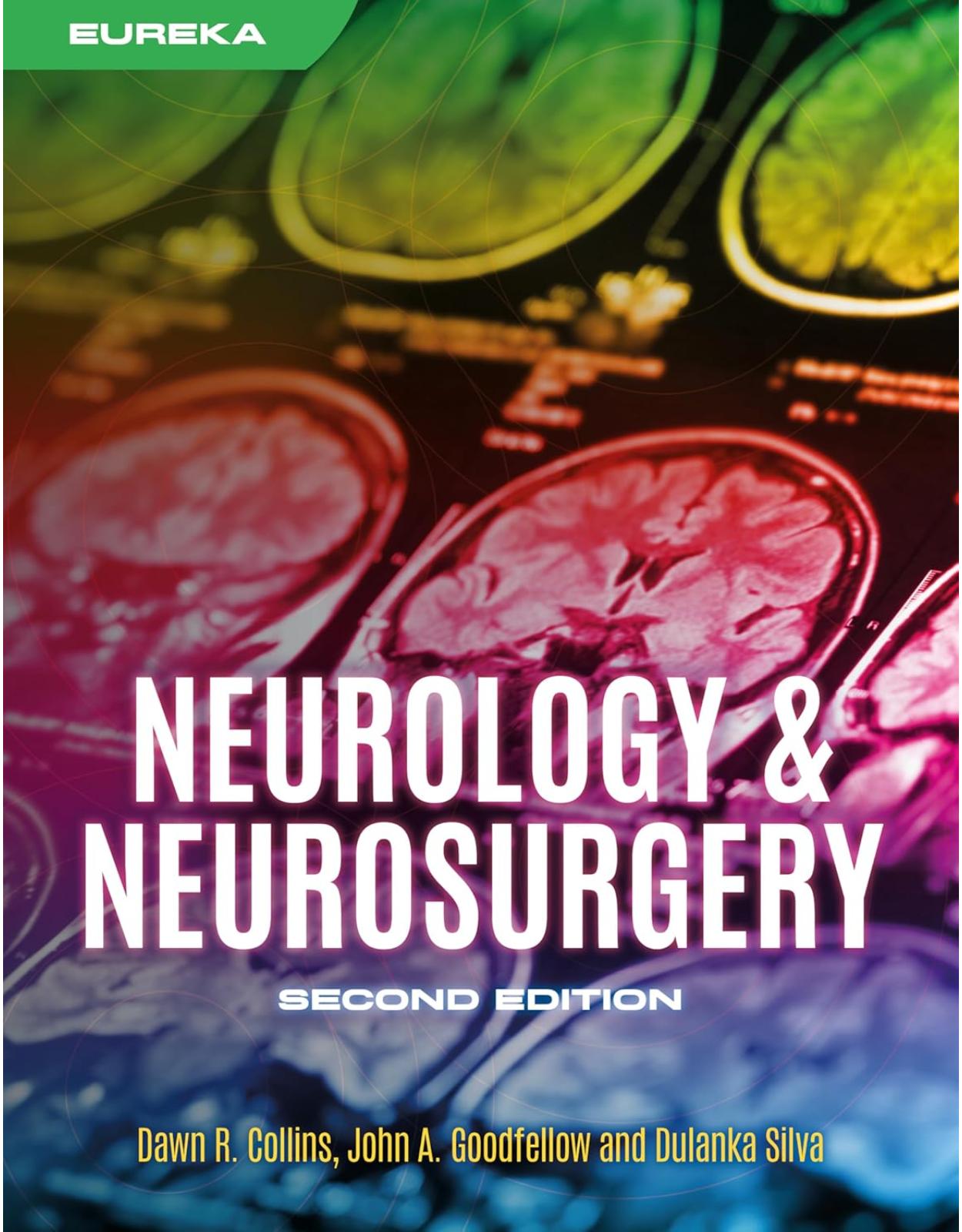


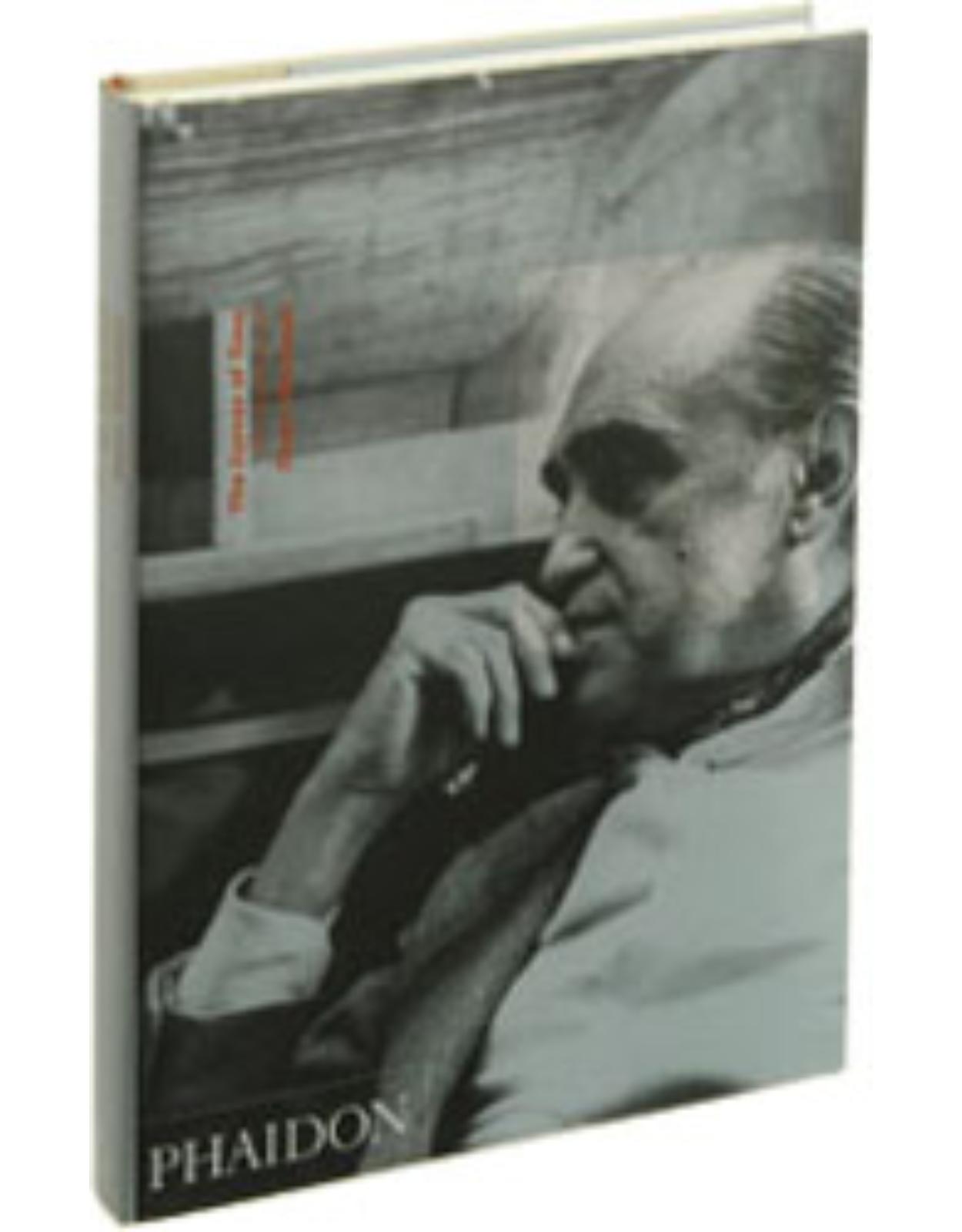
Clientii ebookshop.ro nu au adaugat inca opinii pentru acest produs. Fii primul care adauga o parere, folosind formularul de mai jos.